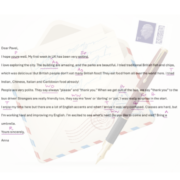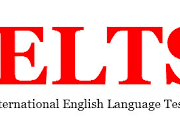Effective Use of Marking Symbols: A Two-Stage Solution
As ESL/EFL teachers, providing constructive feedback is crucial for our students’ language development. One common, effective way to offer feedback is through the use of marking symbols. This not only pinpoints areas for improvement but also encourages learner autonomy and self-correction. Read more




